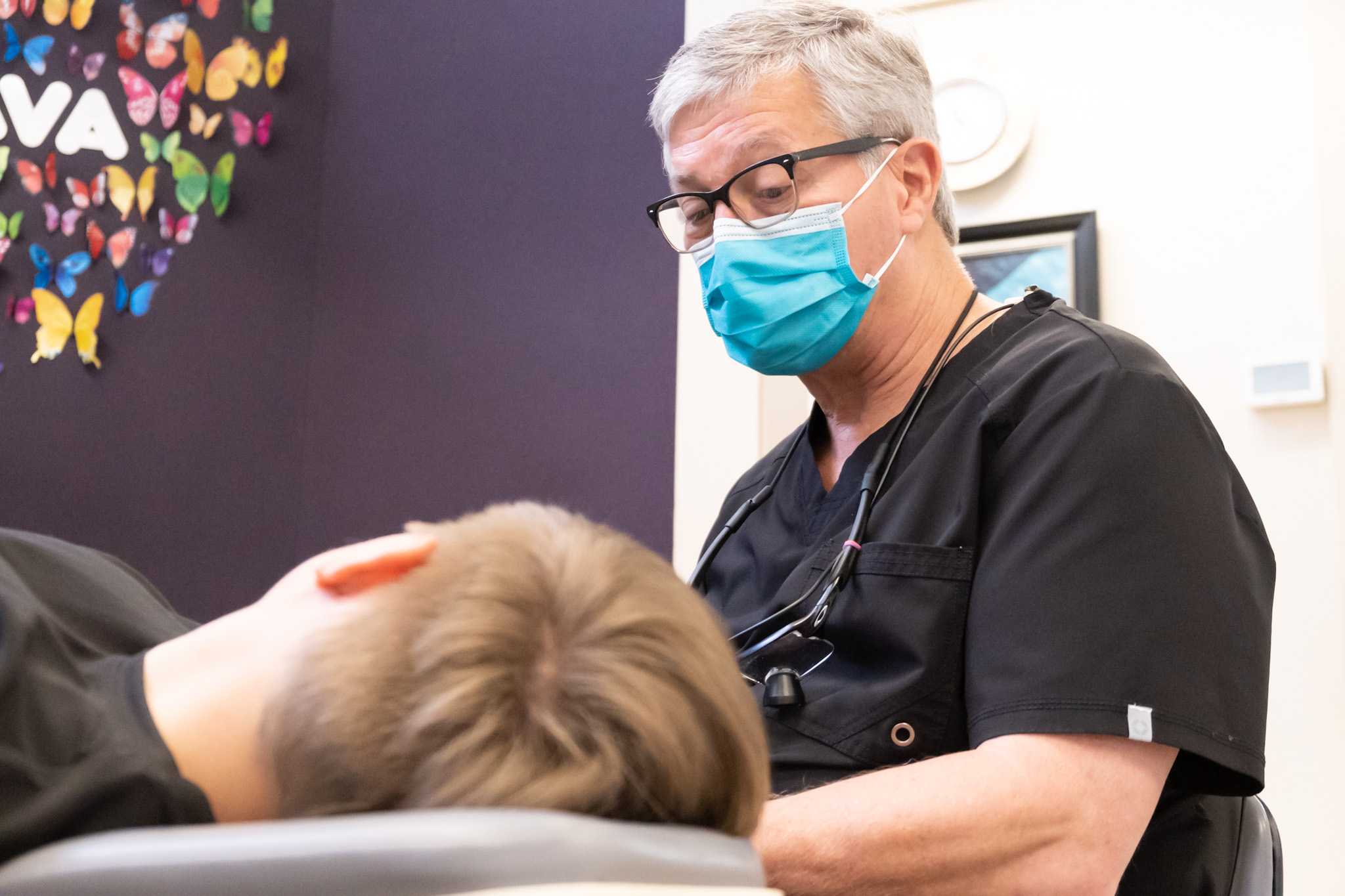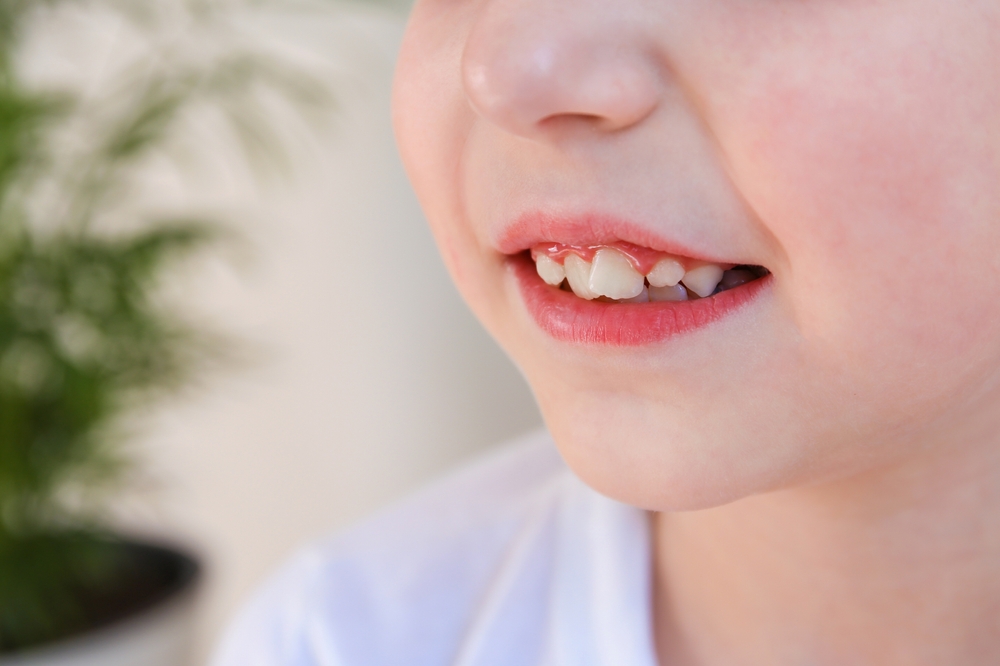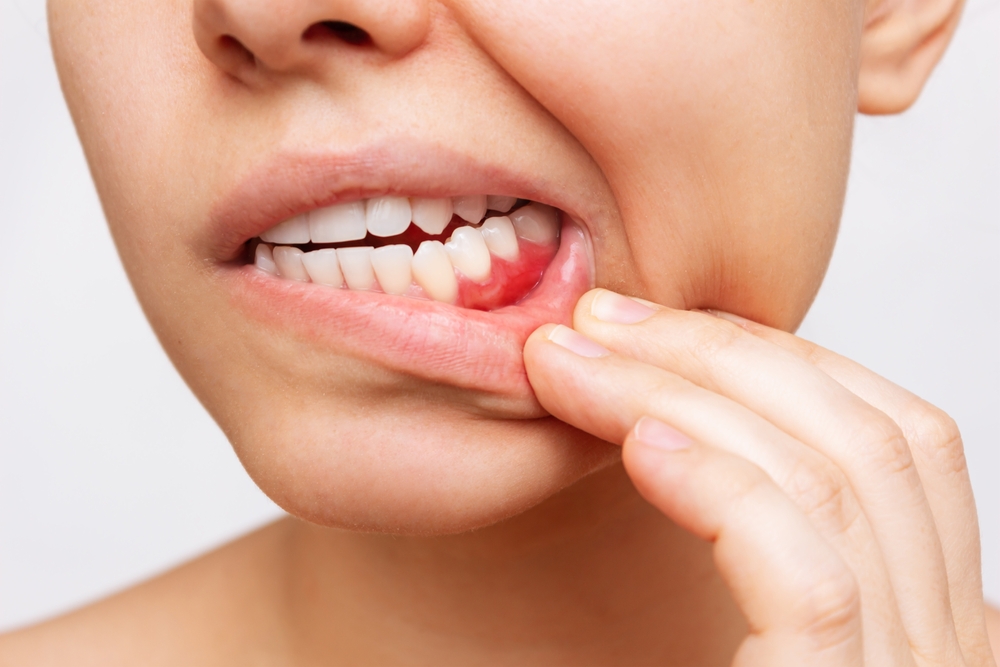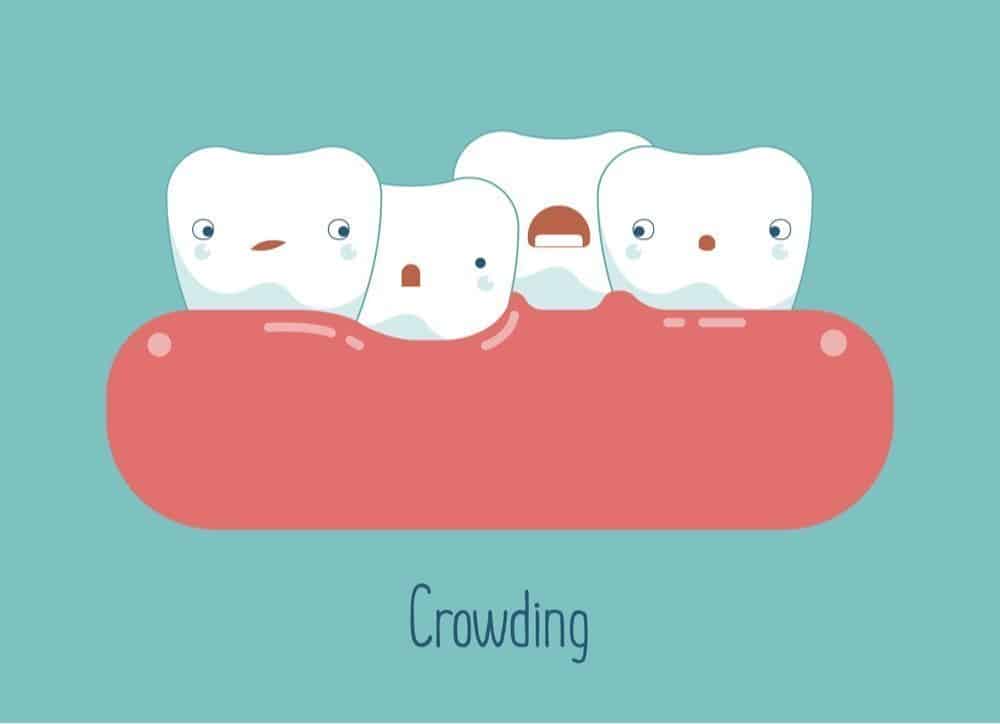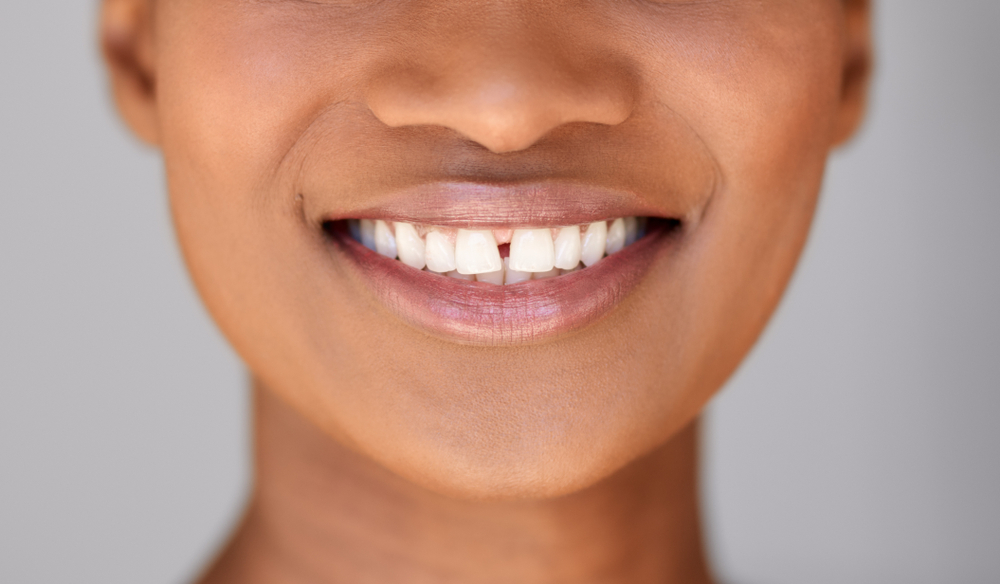Top-Rated Fort Worth Orthodontist
In the heart of Fort Worth, nestled amidst our vibrant city with more than a century of history, is a place where smiles are not just fixed, but supported to their fullest extent so that they have all of the function and capabilities that they were meant to have. Ahava Orthodontics, a top-rated Fort Worth orthodontist practice, is home to both Dr. Andy Barron, D.D.S. and his wife Dr. Shawne Barron, D.D.S., M.S. who have made it their lifes work to help children have healthy happy smiles that builds their confidence. We combine the latest technology with personalized care to deliver exceptional orthodontic treatment to patients of all ages, usually starting as young as 7 years old. As the leading Fort Worth orthodontist, our mission at Ahava Orthodontics is simple but profound: we want to transform lives, one smile at a time. We recognize that every patient is unique, with individual needs and expectations. This is why we dedicate [...]

